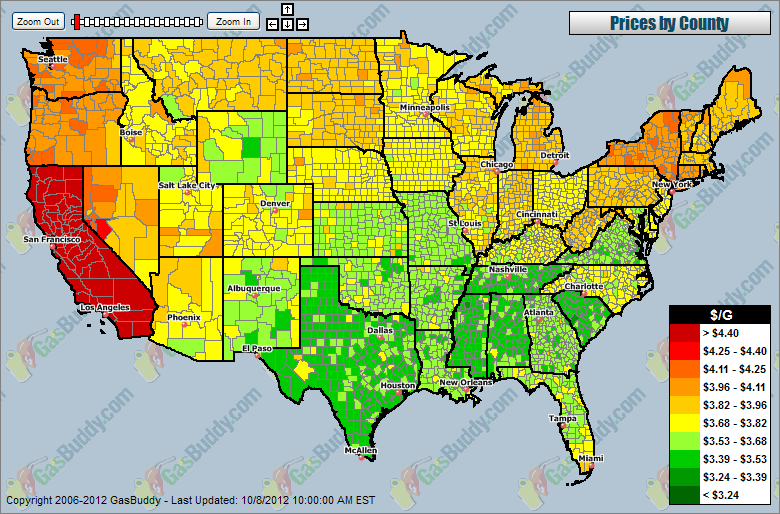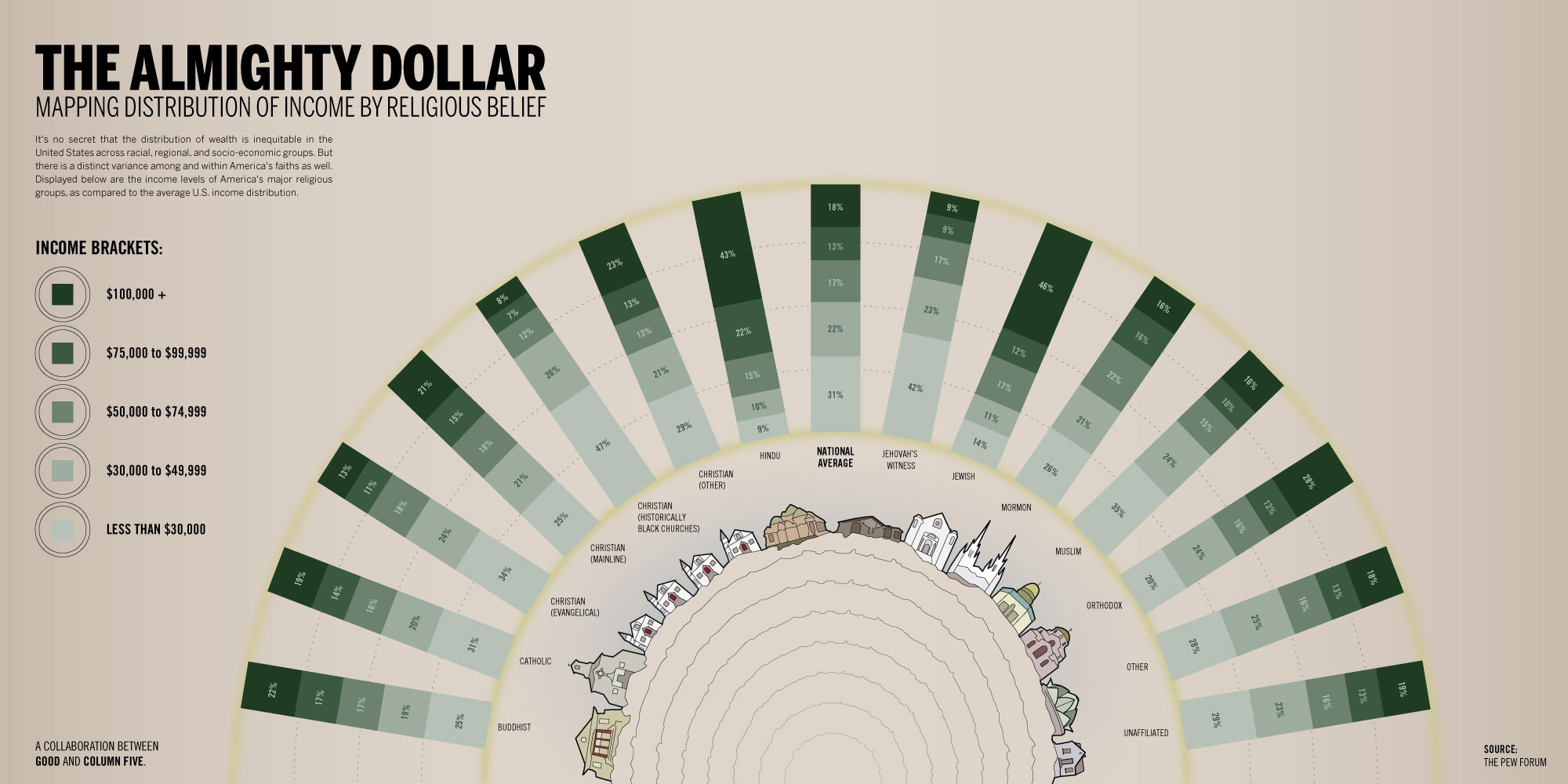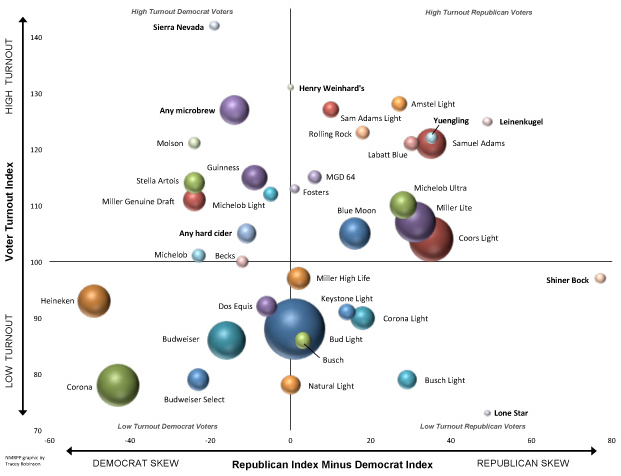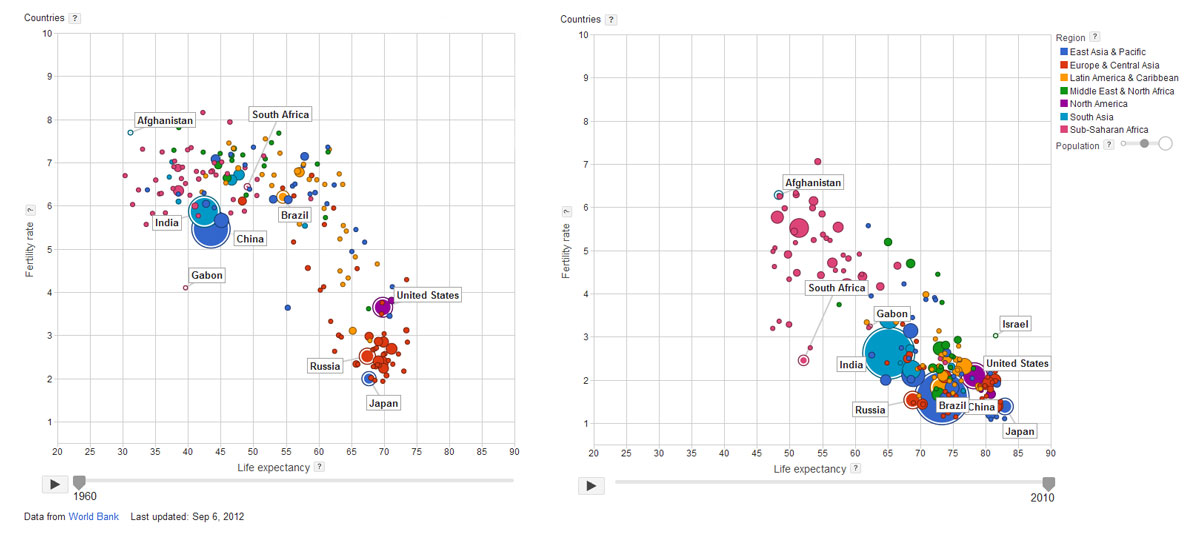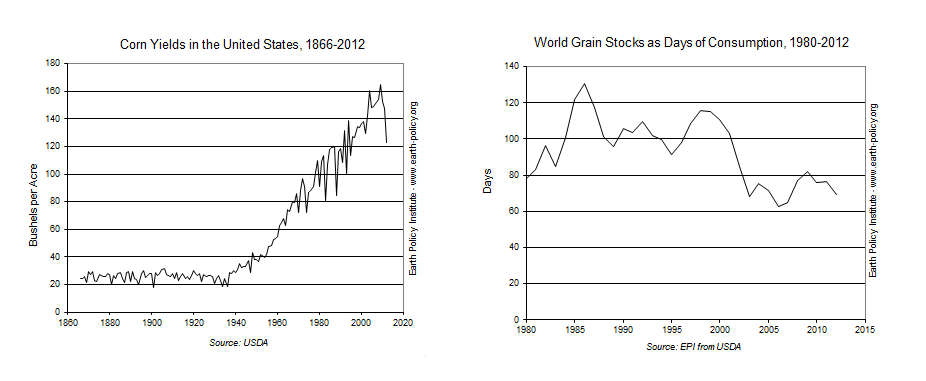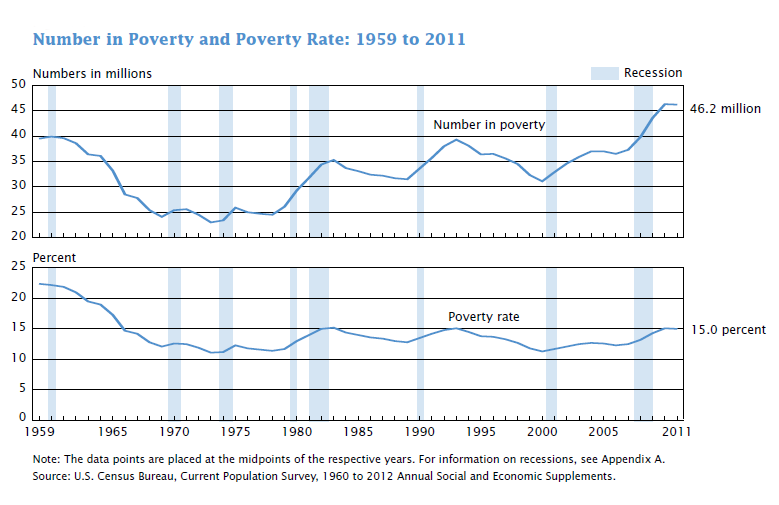In a thought-provoking article, James Davenport from the blog IfWeAssume.com, mentions interesting facts about the location of Starbucks coffee shops in different cities in the U.S. For example, the closer you live to a Starbucks, the more likely your rent is going to be higher. Another interesting fact is that Starbucks locations are clustered around major cities and highways, as shown in the map. He concludes that more than 80% of the U.S. population, about 250 million people, live within 20 miles of a Starbucks.

